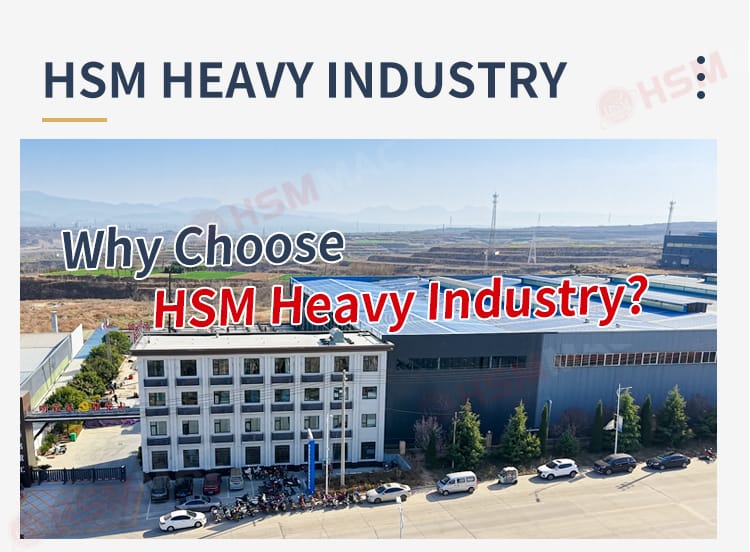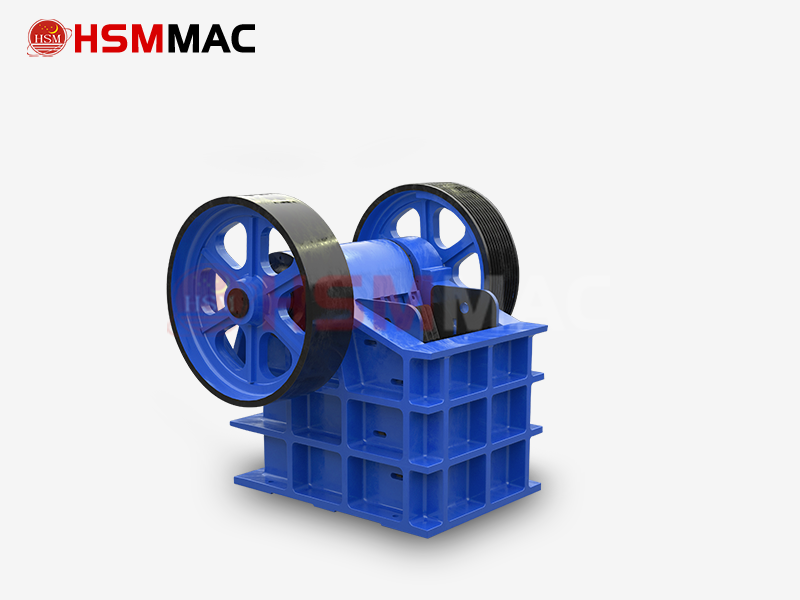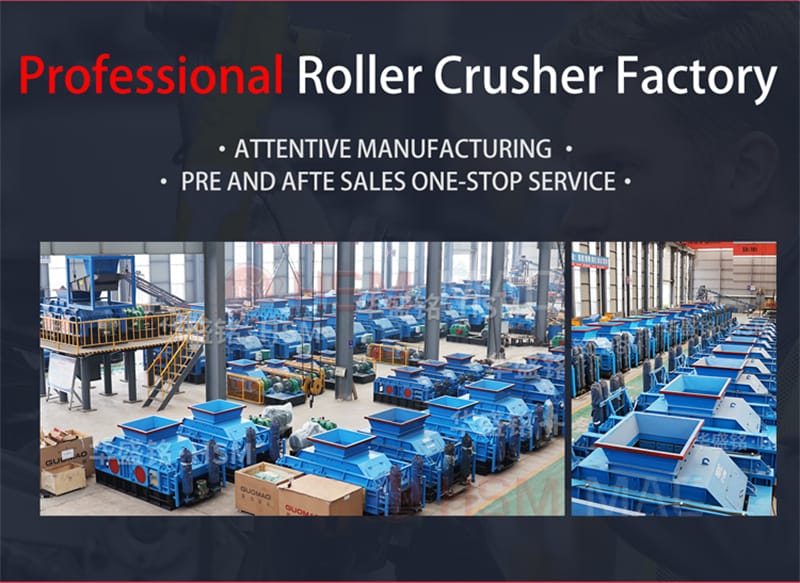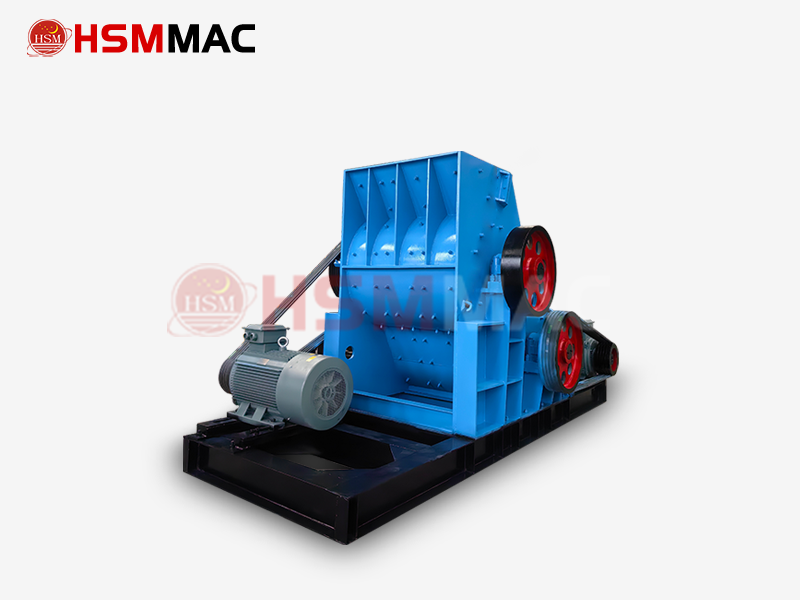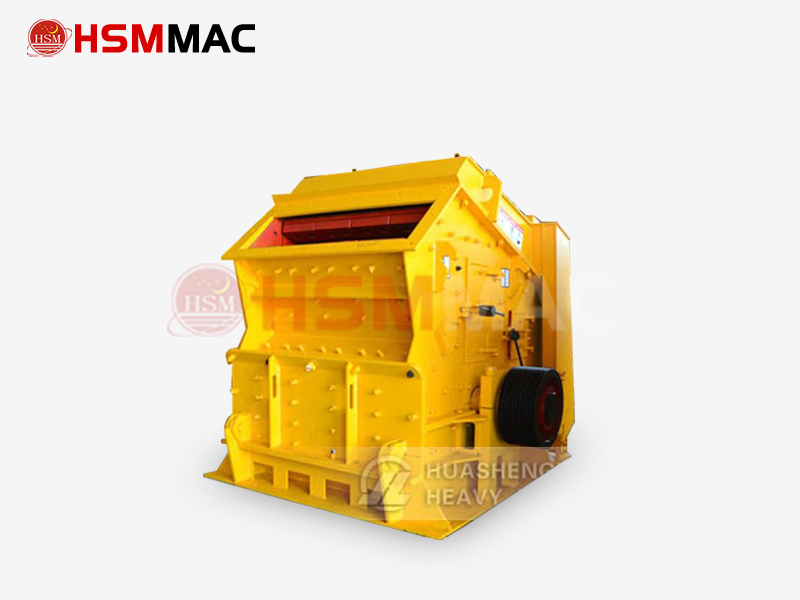
An impact crusher is a highly efficient crushing equipment widely used in the fields of mining, building materials, highway and railway construction. It mainly crushes materials through high-speed rotating hammers or blow bars that impact the material, thereby breaking hard materials such as ores and rocks.
What are the advantages of this equipment?
It features a simple structure, high crushing efficiency, and low energy consumption, making it suitable for fine crushing and sand-making operations of materials with medium hardness or below. Its working principle involves using an electric motor to drive the rotor to rotate at high speed. When the material enters the crushing chamber, it is struck strongly by the hammers, crushed, and then thrown onto the impact plates for further crushing before being discharged through the discharge port.
The advantages of impact crushers lie in their ability to produce uniformly sized products, along with easy maintenance and flexible operation. However, they experience significant wear when processing materials with high moisture content or excessively hard materials, which affects their service life. Therefore, when selecting and using such equipment, it is important to properly configure the machine parameters based on the material properties.
In summary, impact crushers occupy an important position in modern crushing and screening systems due to their efficient crushing capability and good adaptability, making them one of the key pieces of equipment for achieving efficient resource utilization.











